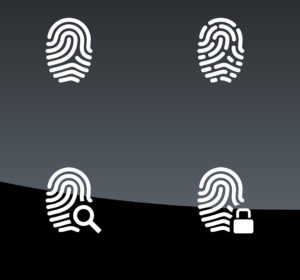“…Precise Biometrics sees opportunities beyond the mobile sector…”
Precise Biometrics has issued its Q4 and year-end fiscal results, and it looks like the company has suffered under the same market forces that have depressed other businesses in the industry.
 Adjusting figures to exclude its Tactivo reader business area, which has now been sold off, Precise Biometrics reports that Q4 saw net sales of SEK 14.2 million and an overall loss of SEK 12 million. For the year, sales came in at SEK 61 million, and Precise Biometrics saw a loss of SEK 22.7 million.
Adjusting figures to exclude its Tactivo reader business area, which has now been sold off, Precise Biometrics reports that Q4 saw net sales of SEK 14.2 million and an overall loss of SEK 12 million. For the year, sales came in at SEK 61 million, and Precise Biometrics saw a loss of SEK 22.7 million.
A statement announcing the results echoed the recent corporate update from longtime hardware partner Fingerprint Cards in pointing to increasing competitive pressures in the mobile biometrics market in which Precise Biometrics has specialized. Comments credited the chairman of the company’s board asserted that “tough competition” has reduced prices for fingerprint recognition technology, “with a small number of suppliers dominating the market.” With respect to capacitive sensors specifically, the market is transforming into “a volume market primarily for mobile phones in the lower price segments.”
It’s these pressures that recently compelled FPC to announce cost savings measures including 185 layoffs, and for Precise Biometrics it seems fair to speculate that they produced the abrupt departure of longtime CEO Håkan Persson last month. But, also like FPC, Precise Biometrics sees opportunities beyond the mobile sector, with its chairman’s comments highlighting recent developments in the emerging biometric payment cards market – an area in which numerous major players across the biometrics and payments industries are expecting a big payoff this year. And even in the mobile market, Precise Biometrics’ efforts in recent years to diversify its portfolio of hardware partners appears to be paying off: Noting the trend toward full-size displays and wireless charging in premium phones, with the latter requiring glass backs, the company asserts that it is working with over 10 customers providing the kind of optical and ultrasonic sensors that can accommodate these designs.
The company is adapting, in other words, as the ongoing mobile biometrics revolution continues to present its sink-or-swim challenges.
–
February 13, 2018 – by Alex Perala



![INTERVIEW: Precise Biometrics’ Fredrik Sjoholm at Money20/20 Europe [AUDIO]](https://idtechwire.com/wp-content/uploads/HiRes6-150x150.jpg)




Follow Us